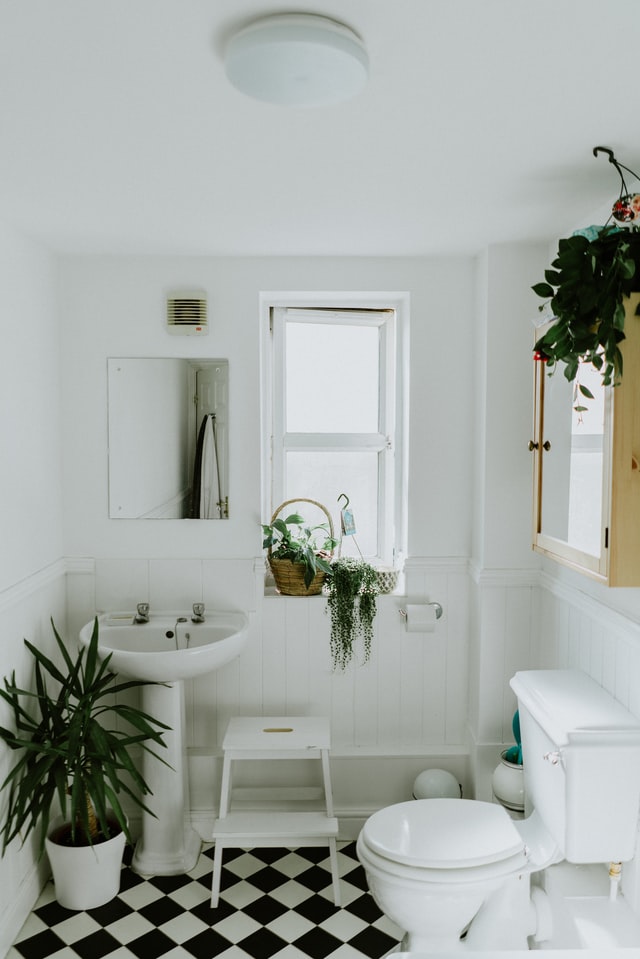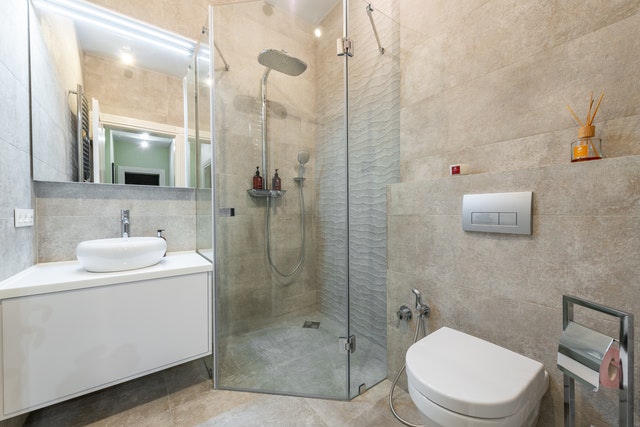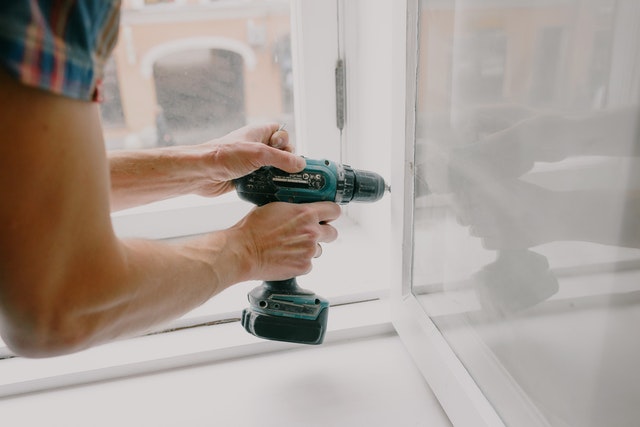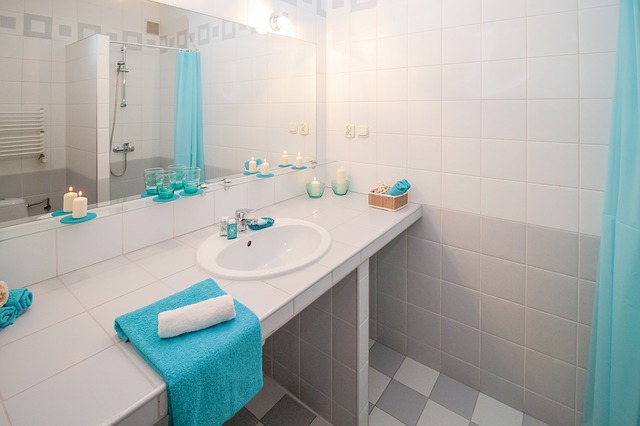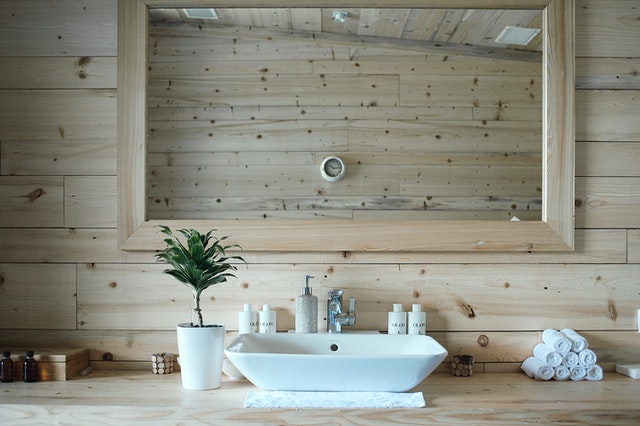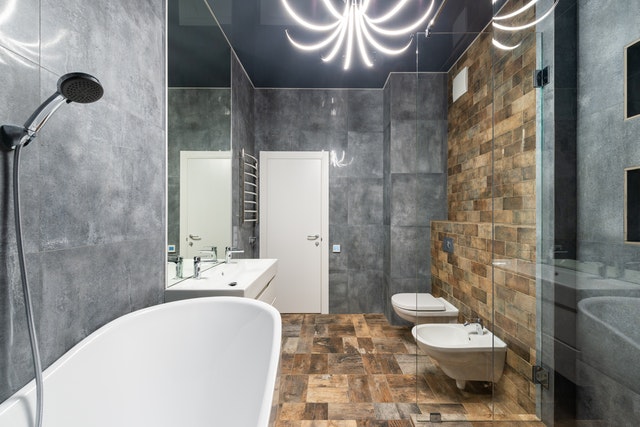This is an excerpt from the Book called “A Guide To Design And Renovation” by Steve Thomas And Philip Langdon. Continue reading to learn more about The Children Bath, thanks to the author.
With six kids in our family, my mother often used to wish out laud for a fully tiled bathroom with a drain in the middle, a room that could simply be housed down at the end of the day. Now, a father myself, I see what she meant. If you are designing a bathroom to be used primarily by children, there is no reason not to create a room that kids can have fun in—splashing in the tub or playing in the sink without fear of ruining the walls or floor. There is equally no reason the bathroom cannot be designed so that children can use the toilet and wash their face and hands at the lavatory all by themselves. Even in a household with only one or two baths, incorporating “kid friendly” features into the family bath will make life easier for you, and will help to give your children independence and a great sense of pride by including them in the daily life of the household.
Most of the physical and mechanical considerations that apply to a family bath also apply to a children’s bath: placement and type of lighting, heating, ventilation, windows, types of tub and shower combinations, and types of flooring, so there is no need to repeat ourselves on those subjects. But two points should get special consideration: safety and ease of maintenance.
Safety
More accidents occur in the bathroom than in any other part of the house. The dangers are especially great for children because of their inexperience, limited coordination, and their boundless curiosity. There are many hazards in the bathroom: scalding water, slippery surfaces, sharp or pointed objects, dangerous medicines, and heavy-duty cleaning substances. The dangers can be greatly reduced by sensibly designing, furnishing, and equipping the room.
Water Controls and Bath Fixtures
Separate faucets for hot and cold water are not a good idea in a children’s bathroom. Youngsters are not as adept as adults at regulating water temperatures, so single-lever controls are preferable. They offer more safety in the bathtub, the shower, and the sink, too. Water controls for the bath or shower should be equipped with a pressure-balanced antiscald valve, even if it is no required by local plumbing codes. As we discussed in the last chapter, this valve prevents the water temperature from increasing suddenly when cold water is drawn from the plumbing supply elsewhere in the house.
Another device worth investigating is a temperature-limiting faucet, which allows you to set a maximum temperature for water entering the tub or shower, further protecting children from scalding water.
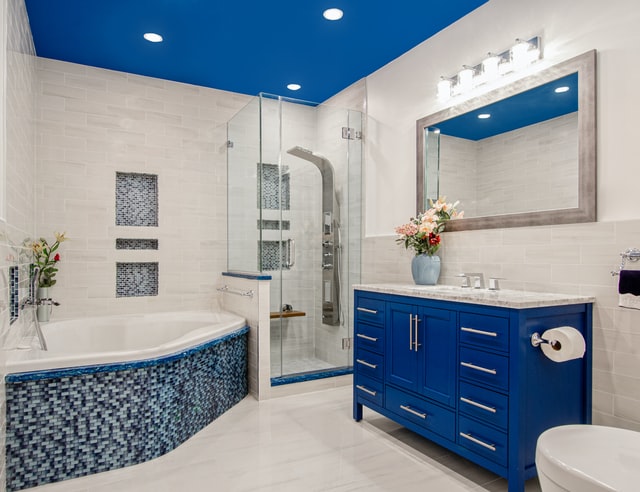
In a master bathroom, it’s nice to have a separate shower and bathtub, but in a child’s bath this usually an extravagance. What’s really needed for bathing youngsters is a tub, and, as in the family bath, we would combine it with a shower for versatility and economy of dollars and space. We outline the choices in materials in the previous chapter, so suffice it to say here that whatever tub you choose, make sure it has a good nonskid bottom.
Whether to install a shower curtain or a shower door is a judgment call on your part. If your children are older and can shower themselves, a door, which provides a good, watertight seal upon closing, would make sense. However, if you children are younger and you are bathing them, a shower curtain provides unrestricted access to the tub. It’s worth pointing out that small children cant’s smash their fingers in a shower curtain, while they might in a sliding or swinging door.
Floors
By the same token, the bathroom floor should be chosen at least partly on the basis of safety. Since some water will inevitably land on the floor, it’s best not to use flooring material that will be slippery when wet. Smooth vinyl flooring is a dubious choice; water tends to pool on vinyl, creating perfect conditions for a fall. It vinyl flooring is selected, it should have a nonskid texture.
Our choice would be ceramic tile or perhaps some other waterproof masonry finish such as dyed concrete or terrazzo, which in some areas of the country may be cost competitive with ceramic tile. Here again, safety and ease of maintenance are the key words. Any tile with a shiny, glazed surfaced would not be a good candidate for this room. Choose a tile with a good nonskid surface. An unglazed porcelain tile, typically used for the floors of shower stalls, would be a good choice. If the floor is composed of small tiles, the grout lines themselves will provide some traction.
Storage
Another safety consideration is storage. Usually, it’s a great convenience to have ample storage in bathroom, but in a children’s bath, this may not be such a good idea. The danger we see is that if the storage capacity is generous, adults will be tempted to fill it with things that are best kept out of the hands of youngsters. A medicine cabinet is a dubious feature in a child’s bathroom; we would prefer not to put one in unless it has a childproof lock. Similarly, a vanity cabinet could pose some dangers. There is always the possibility that cleaning solutions or other noxious substances may get stored there, and even with childproof locks. A child might get at them. A pedestal sink, on the other hand, offers no hiding places for things the cause problems.
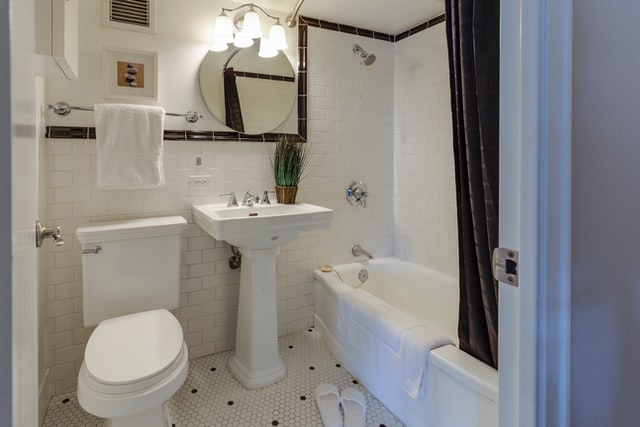
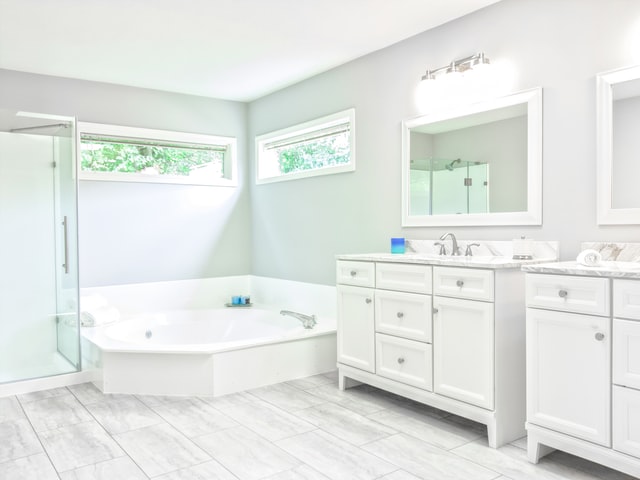
However, the typical household needs all the storage it can find in the bathrooms, and this suggests a storage scheme that provides child-secure compartments for cleaners, medications, and toiletries (perhaps up high), along with lower storage that is accessible to kids.
Open storage, in the form of shelves or cabinets without doors, offers stowage for towels and washcloths, as well as for rubber ducks, tugboats, and other bathtub toys. There should also be an abundance of hooks where kids can hang up their own towels and washcloths. Children get a lot of things wet, so it’s not a bad idea to plan for plenty of towel bars or other devices for drying things out. At the same time, it’s important to avoid installing sharp or pointed hooks, towel bars, toilet paper dispensers, or other hard ware. Rounded corners and soft objects are desirable for any of the hardware and furnishings in the room.
Electricity
Building codes require that electrical receptacles in a bathroom be of the ground fault interrupter, or GFI type, which helps to prevent electrocution. Although GFIs offer great protection, we would still exercise restraint in number and placement of receptacles in a child’s bath. Common sense (as well as the National Electric Code) dictates that outlets should be kept away from wet areas and installed at a height where young children cannot reach them. In a child’s bathroom, there is probably no need for more than the required single outlet placed near the sink. As an added measure of safety, this receptacle can be protected with childproof covers.
A built-in night light is a great feature, both for adults and for kids. All lights in the room should be protected with the GFI.
The bathroom should have a mechanical ventilation system in the form of a built-in fan to remove moisture. It is not a bad idea to place it on a timer so that it will automatically turn off if a youngster forgets about it. If there’s a heat lamp, it, too, could be placed on a timer.
Locks
We would exercise caution about equipping the bathroom door with a lock. One of the most exasperating things a child can do is lock himself in the bathroom while his parents alternately try to cajole or coerce him into opening the door. The remedy is to do without a lock or to install one that can be easily defeated form the outside.


